
Take a look at one-man shops built by woodworkers around the country. The shops are as individual as their owners.
Jim Budlong
Comptche, Calif.
Since Budlong’s home and shop (photo above) are located miles from accessible utilities, they are completely off the grid, powered by a solar/generator combination and heated with woodstoves. Budlong, who has been teaching woodworking for the last 18 years at the College of the Redwoods and producing commission pieces at the same time, spent almost three years building this shop with the aid of former students Eric Owen and Richard Haak.
Click to enlarge. Photos by David Welter.
All the redwood lumber (not old growth, of course) was milled from the site. Budlong carefully chose 25 logs (20–36 in. dia. by 16 ft. long) from the surrounding wooded area, keeping the lower logs and selling off the tops to help fund the project, which he financed paycheck to paycheck. The 1,200-sq.-ft. lower level houses a small bench room, a storage area, and a machine room. A 400-sq.-ft. loft overlooks the machine room and serves as guest quarters.
Charles Dick
Comfort, Texas
No longer working in the world of computers, Dick thinks of himself as “re-phased” rather than retired. He has already spent a great deal of his “re-phasement” building this shop, where he plans to hone his amateur woodworking skills.
The shop is divided into two workspaces, a main work area of 400 sq. ft. and a 135-sq.-ft. loft in the center section that is used for storage and as a design area. Barn doors on either end of the shop allow Dick to expand his workspace outside if need be.
Ross Tieken
Shiner, Texas
Tieken designed and built this shop to blend with the surrounding prairie.
He decided to use the footprint of his grandfather’s old cement works business. This locked him into a 2,500-sq.-ft. shop, so he had to be very cost conscious. To reduce costs, Tieken did the construction himself with help from family and friends, a process that took three years.
To keep ties to the history of the site, he salvaged as much lumber as possible from the original building. The rest (10-in.-wide cypress) was purchased rough and shiplapped by Tieken. All the windows were rescued from a scrap pile, and most of the machinery was purchased secondhand. Without heat, it’s too cold to work here for about three weeks each winter. In the summer, Tieken cools the shop with a large fan that used to cool a chicken house down the road.
Rob Hare
Ulster Park, N.Y.
Because Hare works alone in both wood and metal, he needed a shop to accommodate both. The solution was a round shop that took Hare about eight months to construct.
A crane, suspended from the ceiling and running on a track that travels the shop perimeter, can access the entire space and perform all the heavy lifting. Hare also figured out that a round space uses 15% less building materials than a square space of the same size.
The main floor (1,900 sq. ft.) affords enough room for bench space, a machine area, and a place to work metal. A balcony (about one-third of the floor space) holds the office and storage area.
From Fine Woodworking #195
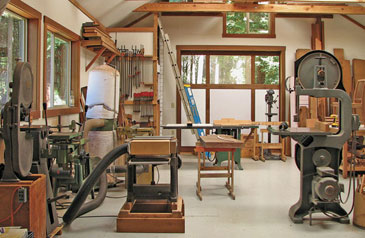
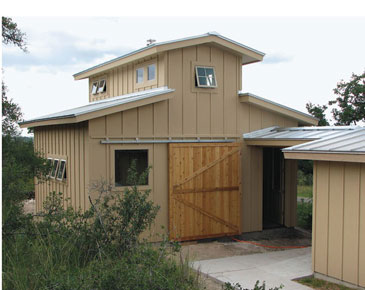
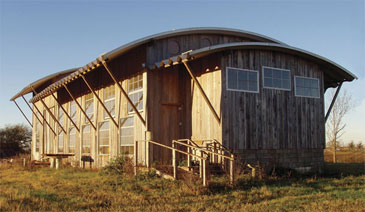
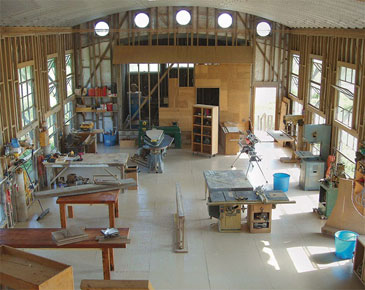


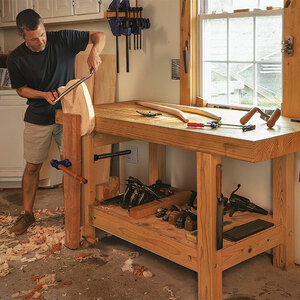
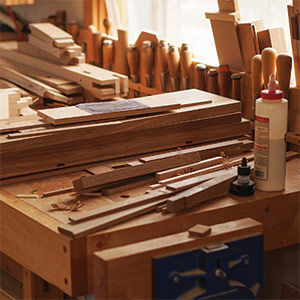
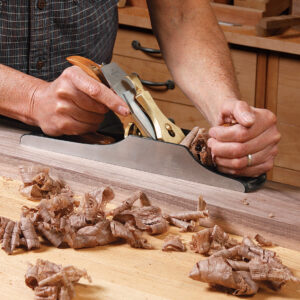
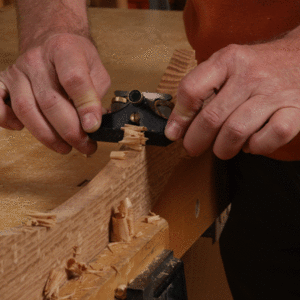





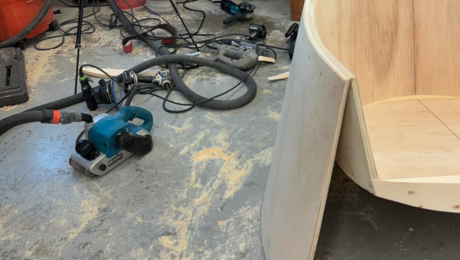
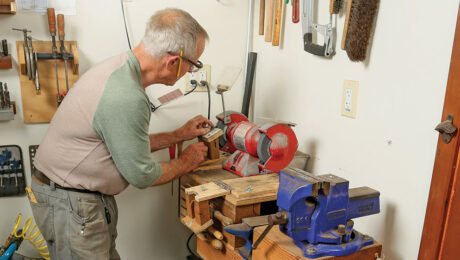








Log in or create an account to post a comment.
Sign up Log in